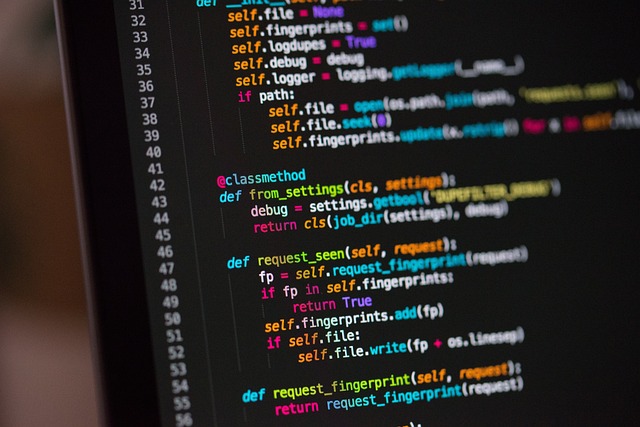
The Art of Debugging: A Comprehensive Guide for IT Professionals in Informational Technology
The Art of Debugging: A Comprehensive Guide for IT Professionals in Informational Technology
Debugging is often viewed as the Achilles’ heel of the software development process—a necessary evil that every IT professional faces at some point in their career. Picture this: you’ve just committed hours of your life crafting what you believed to be a flawless piece of code, only to be met with unforeseen errors during the testing phase. Frustrating, right? Debugging is the art that transforms that frustration into clarity and solution.
Understanding Debugging in Informational Technology
In the realm of informational technology, debugging is more than just fixing code. It’s a meticulous process that involves examining every line, understanding the flow of logic, and unraveling the complex tapestry of interactions within the software. Whether you’re developing an application from scratch or maintaining a legacy system, debugging becomes an integral part of your journey.
The Debugging Mindset
Embracing the debugging mindset is essential for IT professionals. Instead of viewing bugs as setbacks, try to see them as opportunities for growth and learning. Each error encountered offers a chance to deepen your understanding of the system you’re working with. This perspective shift can lead to more productive and satisfying experiences when troubleshooting issues.
Common Debugging Techniques
Every professional has their toolbox of debugging techniques, and what works for one person may not work for another. Here are some of the most common methods utilized by IT experts:
- Print Statements: One of the simplest yet effective debugging methods involves inserting print statements at critical points in your code. This will help trace the flow and identify where things may be going awry.
- Debugging Tools: Familiarize yourself with debugging tools specific to your programming language or development environment. Tools like gdb for C/C++, pdb for Python, or built-in debuggers in IDEs can significantly streamline the process.
- Rubber Duck Debugging: Explaining your code and the issue to a ‘rubber duck’ (or any inanimate object) forces you to articulate your thought process, which can illuminate overlooked errors.
- Version Control: Utilize version control systems like Git to track changes. This allows you to step back to previous iterations when a bug is introduced, simplifying the debugging process.
Best Practices for Efficient Debugging
To navigate the labyrinth of debugging more efficiently, consider adopting these best practices:
- Isolate the Problem: Narrow down the scope of the issue. Identify if it’s a specific function, module, or external dependency causing the problem.
- Reproduce the Bug: Before attempting to fix a bug, ensure that you can reliably reproduce it. This will help you confirm when the issue has been resolved.
- Document Your Findings: Keep a log of debugging sessions, noting what works and what doesn’t. This documentation can serve as a valuable resource for future troubleshooting.
Cultivating Team Collaboration
Debugging can sometimes feel like a solitary task, but remember that collaboration is key in informational technology. Share your findings with colleagues, seek their insights, and be open to different perspectives. A fresh pair of eyes can often spot a problem that you might have missed.
Moreover, engaging in code reviews not only enhances the quality of the software but also provides opportunities for collaborative debugging. These shared experiences help build a stronger, more knowledgeable team.
The Emotional Landscape of Debugging
Debugging can invoke a myriad of emotions. The exhilaration of finding a problem is often juxtaposed with the despair of being stuck on an issue for hours. It’s a rollercoaster of highs and lows that every IT professional can relate to. Acknowledging these feelings can help foster a resilient mindset—one that embraces challenges and celebrates victories, no matter how small.
At its core, debugging is an art form in the world of software development. It requires patience, creativity, and a robust understanding of complexity. As IT professionals, mastering the art of debugging not only enhances our coding prowess but also strengthens our problem-solving skills, making us adept at navigating the ever-evolving landscape of informational technology.


